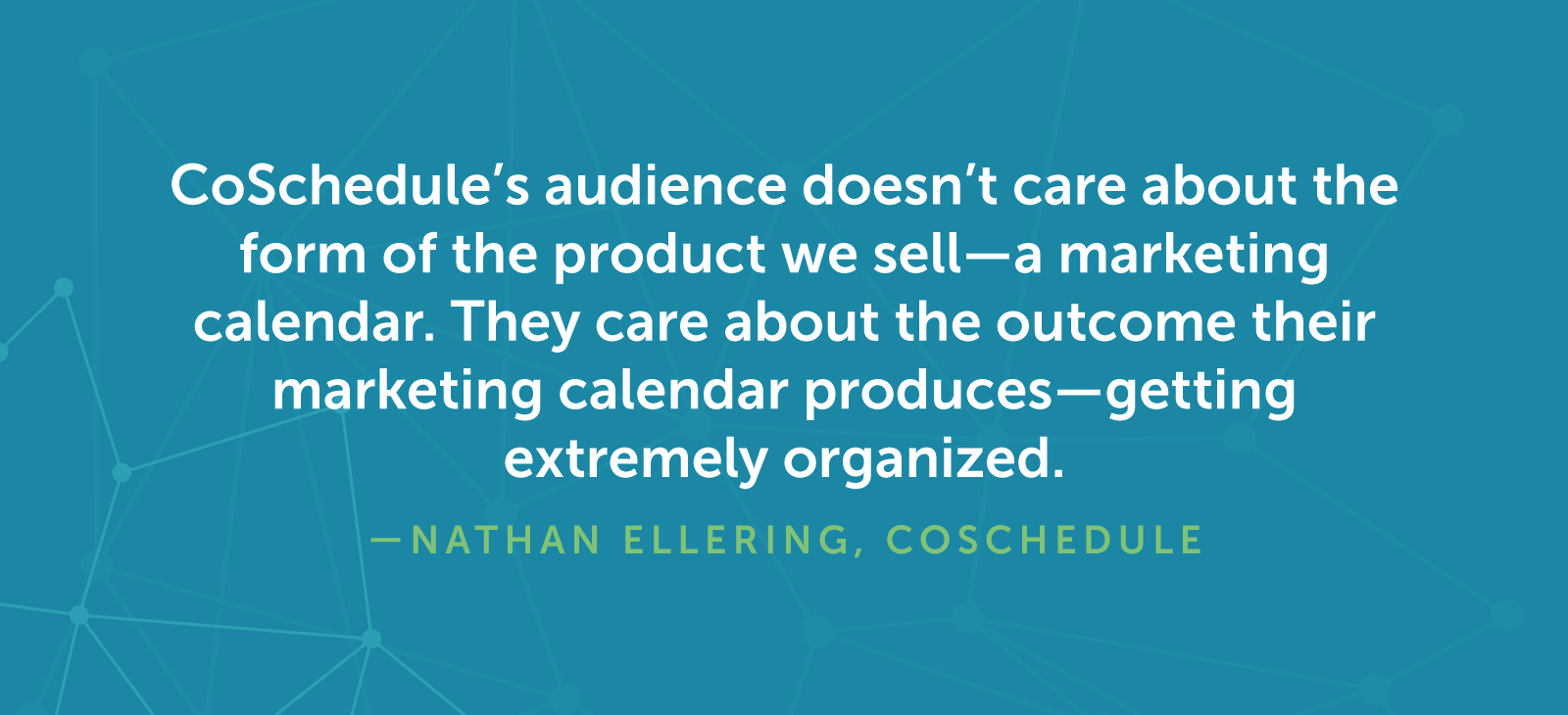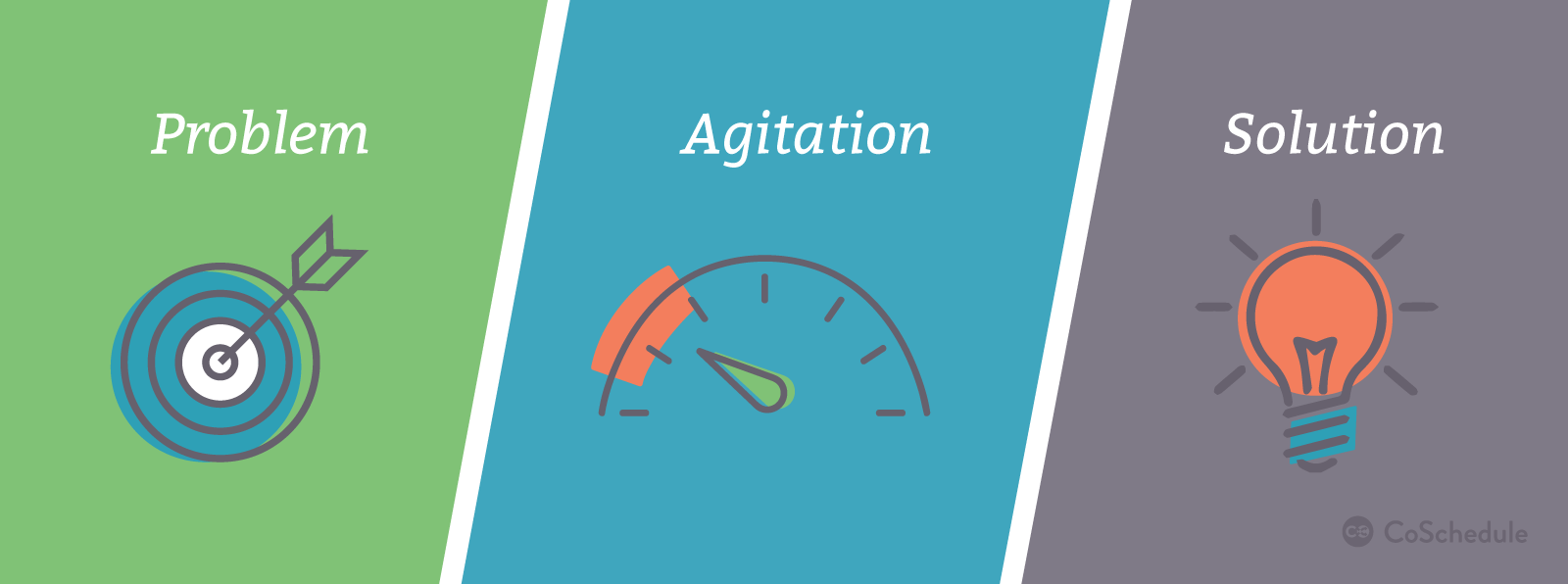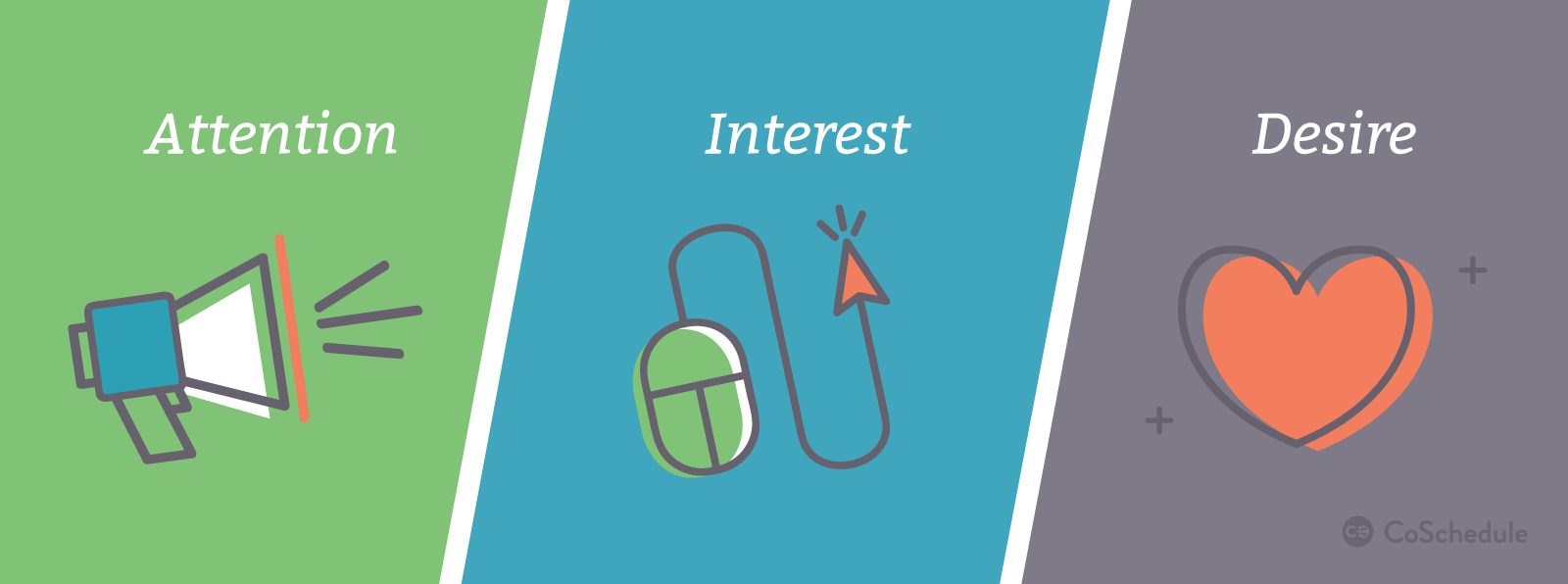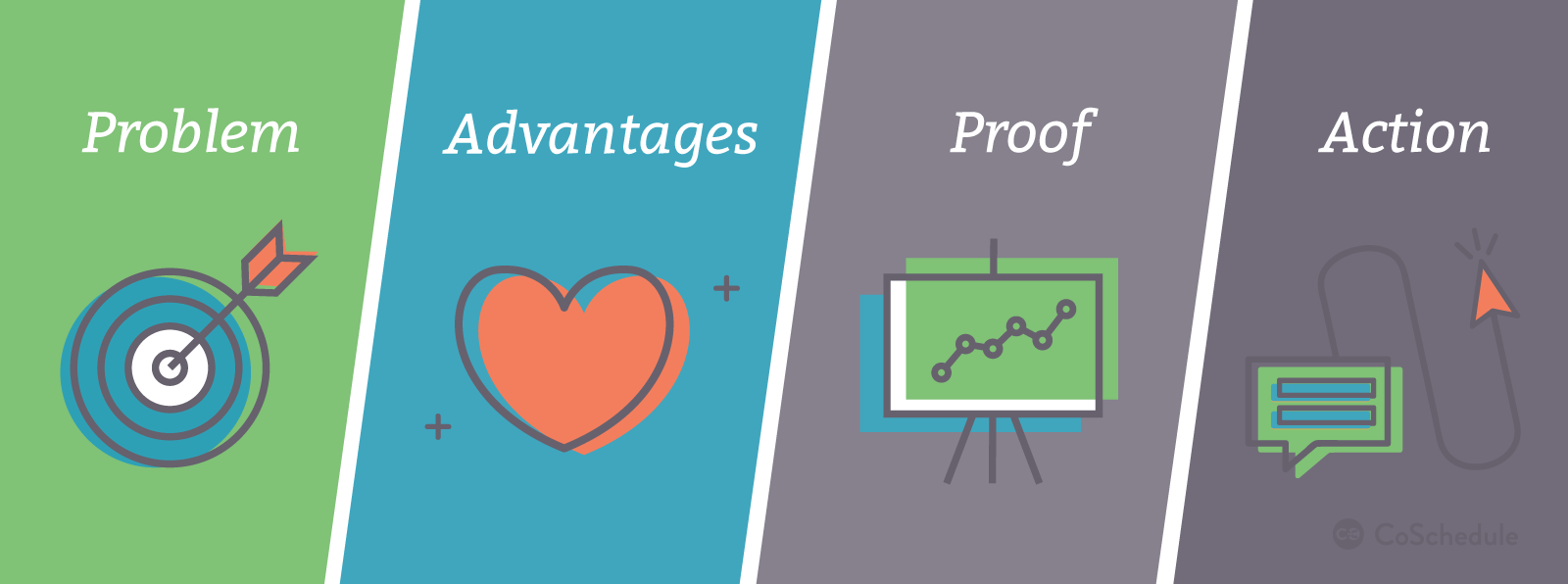Creating content for social media can be challenging sometimes.
Different platforms call for different approaches and different formats, and it's not the same as writing copy for a landing page or a sales page.
To get engagement, you need great content.
But how do you create it?
It's important to consider the specific platform you're writing for.
Creating a tweet is different than posting on Instagram or LinkedIn.
But copywriting is copywriting, and there are proven frameworks that work as well for social media as they do for anything else.
They're a great way to structure your content in a way that maximizes engagement and snags attention on crowded platforms.
In a recent post, Convince & Convert outlines a few venerable frameworks you can adapt for social media.
Get More Engagement by Rocking Proven Copywriting Frameworks
So those social media writing templates are a great start, but it’s handy to know the classic copywriting techniques that have been around for decades (and for good reason, because they still work) and how to apply those time-tested frameworks into writing engaging social media messages.
1. Problem + Agitation + Solution (PAS)
The PAS copywriting framework requires you to understand your followers’ challenges in order to connect the dots of how you can resolve those pain points.
The jobs to be done methodology applies well here.
As you plan this type of message, ask yourself, “Why do my followers hire my product or service?”
Put another way, “What project do they need to complete? And how does my product or service help?”
For example, CoSchedule’s audience doesn’t care about the form of the product we sell—a marketing calendar.
They care about the outcome their marketing calendar produces—getting extremely organized.
The PAS formula helps us write great social media messages knowing this, which you’ll see in the following example.
[image source: Convince & Convert]
- Problem: Build credibility by clearly understanding the challenge or pain points your followers are experiencing that they clearly want to mitigate.
- Agitation: Make it feel like the problem really sucks.
- Solution: There has to be a better way, and there is. Present your solution.
[image source: Convince & Convert]
PAS Social Media Writing Example:
Managing marketing projects is a nightmare.
Despite the countless hours you spend herding cats, details keep slipping through the cracks. CoSchedule gets you completely organized so you meet every deadline.
2. Attention + Interest + Desire + Action (AIDA)
AIDA connects the dots from the initial observation to true engagement: taking action of some kind by literally asking your followers to do something.
It’s a great framework for you to know because to work extremely well, you need to know why your followers would care about the message you’re sharing.
So brainstorm why they’d care, then connect the dots to what you want them to do.
- Attention: Appeal to what they want (i.e., the classic question every marketer should ask themselves before writing any content whatsoever). Put yourself in your readers’ shoes and ask, “What’s in it for me?” The unexpected works well for capturing attention, too.
- Interest: Provide a little detail on how they can get what they want.
- Desire: Connect to the feeling they’ll get if they just take action.
- Action: Ask them to do what you want them to do.
[image source: Convince & Convert]
AIDA Social Media Writing Example:
3,150 percent higher social media engagement? It’s 100 percent possible. And you can do it. See how.
3. Problem + Advantages + Proof + Action (PAPA)
The PAPA copywriting technique combines elements from PAS and AIDA together to create a super powerful message.
An important element here is the credibility booster behind proving your followers will solve their problem when they check out what you’re sharing.
PAPA messages also tend to be more positive than the PAS formula.
That’s important because positivity is proven to increase engagement on every major social network.
- Problem: Use the jobs to be done framework you learned from the PAS formula to understand your followers’ challenges and pain points.
- Advantages: Explain why their lives will be better off without the challenge. Help them envision a better life. This is emotional.
- Proof: Back it up with a stat, fact, example, case study, etc.
- Action: Ask them to do something.
[image source: Convince & Convert]
PAPA Social Media Writing Example:
Managing marketing projects is a nightmare.
Getting organized will help you see every project in one place, get everyone on the same page, and meet every deadline. It worked for Convince & Convert. See how you can do it, too, with CoSchedule.
You can find more great tips for social media copywriting over at Convince & Convert.
[adrotate group=”5″]
CHALLENGE Yourself to Profit!
Free Download: Build Your Profit-Generating Online Business With This Free Blueprint
Sign Up, follow the easy steps and You'll get the tactics, strategies & techniques needed to create your online profit stream. It's free!
[adrotate group=”6″]





